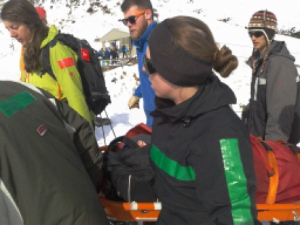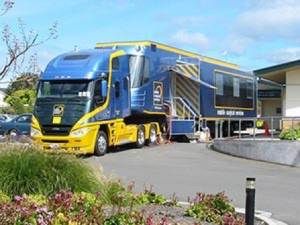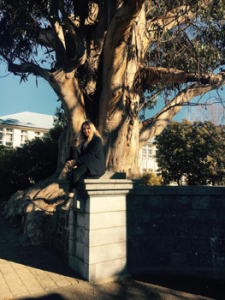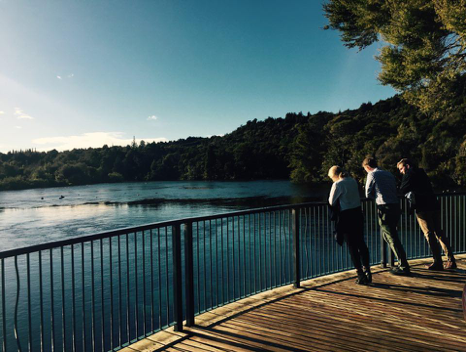Matagouri means a lot to many people. To some, it is the wilding shrub often seen shredding your tramping gear while hiking through the eastern parts of the South Island, especially Otago. To others, it is a group of health professional students with a passion for rural health care in New Zealand. My name is Jared Monk and I have the privilege of being an exec member of the Matagouri Club. This club was the first the first of its kind, with an aim to promote opportunities in rural health and assist students interested in rural health careers with the information and exposure needed to carve a future in this sector.
The medical faculty have always been the cornerstone of this group – founded by the late Dr Pat Farry a prominent member of the University who also initiated the the Rural Medical Immersion Programme (RMIP).This year NZDSA president Charlotte and I have restarted the dental presence in this group following a long absence with the aim of making rural dentistry a career choice. Dentistry has three HSFY subcategory entry pathways, one of them being the rural pathway. As a representative of this group in our faculty I have always felt a responsibility to acknowledge the rural category and promote rural health or giveback in some way.
The club host a number of events including;
- Trip to the Balclutha, visiting the Mobile Surgical Bus Unit
- South Island School trips
- Wilderness Weekend
- Rural Health Week


This year I attended the ECCO (ELM Clinical Conference Otago) and gave a presentation to ELM 2 and 3 medical students on dental trauma in a rural setting as part of the Matagouri Club workshop. This also included a talk from Branko Sijnja, current director of RMIP and first aid scenarios in unfamiliar settings relying on tools that one might find out in the backcountry.
Lulu Hemm (BDS4) was one of the dental students who attended this years South Island Schools Trip. Lulu is a rural student hailing from Nelson, and ventured to the Nelson Bays to encourage more students from rural backgrounds to consider coming down to Dunedin to study Dentistry and Medicine.
“The trip was far from all work and no play – we spent our first night unwinding in the pools in Hanmer Springs! The next morning, we tried to go over the Lewis Pass but snow forced us the long way north. Our first stop was Waimea College, followed by the tiny Golden Bay High School, here we spoke to about six year 12 and 13 students. This school was by far the the most appreciative, mostly due to the fact someone made the effort to come all the way to Takaka to speak to them. I believe that reaching schools like this is super important. Often it is the only time they will ever have even considered following such a path! That day we also visited the beautiful Waikoropupu springs before heading back over the hill to Motueka, to speak to Motueka High School. On our last day, we visited my old high school, Nelson College for Girls. It felt pretty good to go back there and talk to girls who would have been in the same position as I was a number of years ago. Being a larger school, it gave us a the opportunity to talk to a larger number of students including the boarders who come from all over the region.” – Lulu Hemm

This grassroots approach that has been used in the hope that in the future, some of these students will return to their communities to practise in their chosen profession and help create a sustainable rural health workforce.
Currently the dental school makes no effort to push the rural sub-category, the only exposure being during the CSL placement in 5th year and only some of the options are considered rural. I believe this group is an excellent outlet for dental students to get exposure of the rural health care sector whilst studying at Dunedin and hope that it can become a respected aspect of our undergraduate dental education.


Hi Jared,
It would be great the find out more about these trips. I have spoken to Lily Cane and Wilson Mitchel. NZRGPN are keen to ensure these school trips continue in a sustainable way. Could I please give you a call to discuss what we are planning?
Hi! Sorry for the delayed reply, but thank you for reading our articles! Jared is contactable via [email protected] 🙂